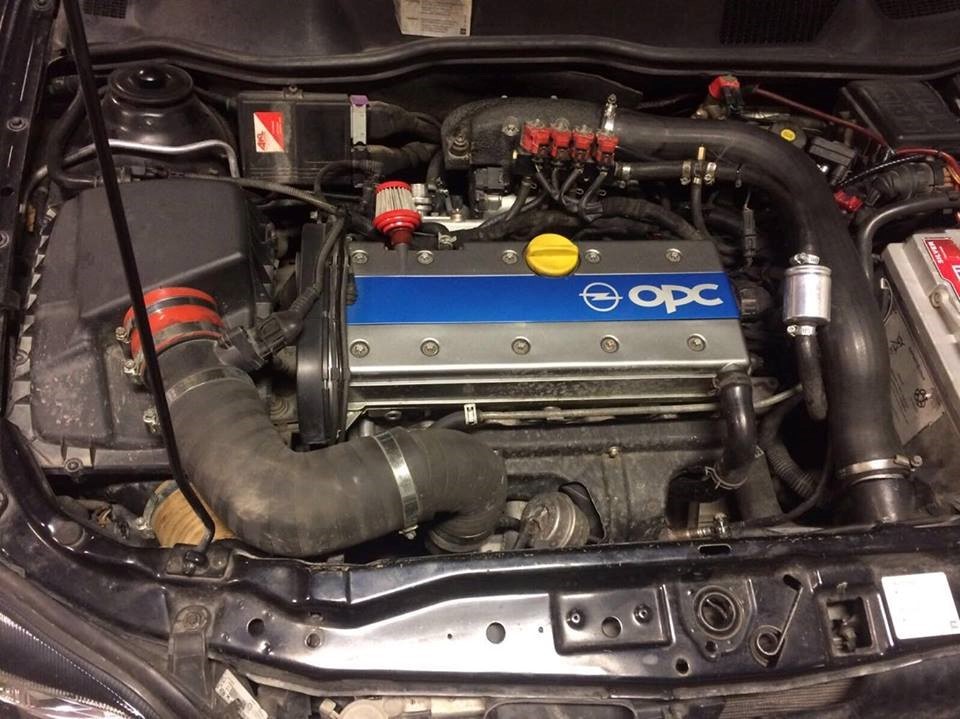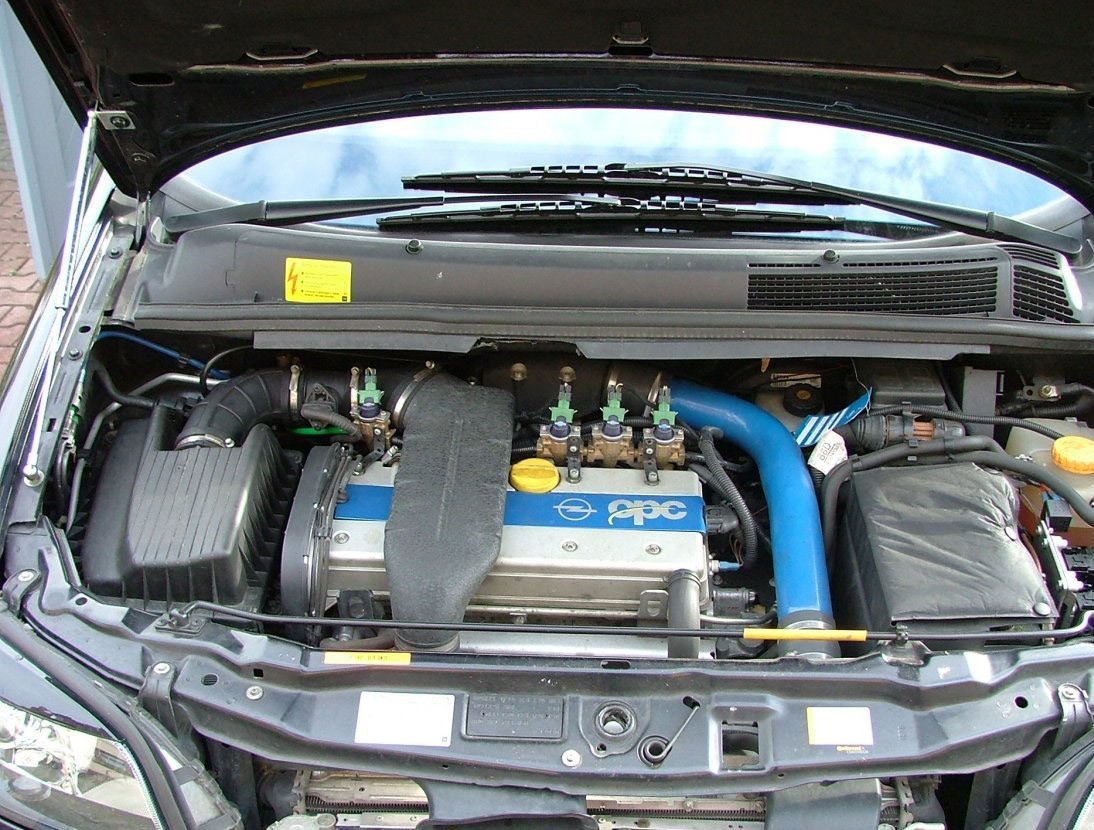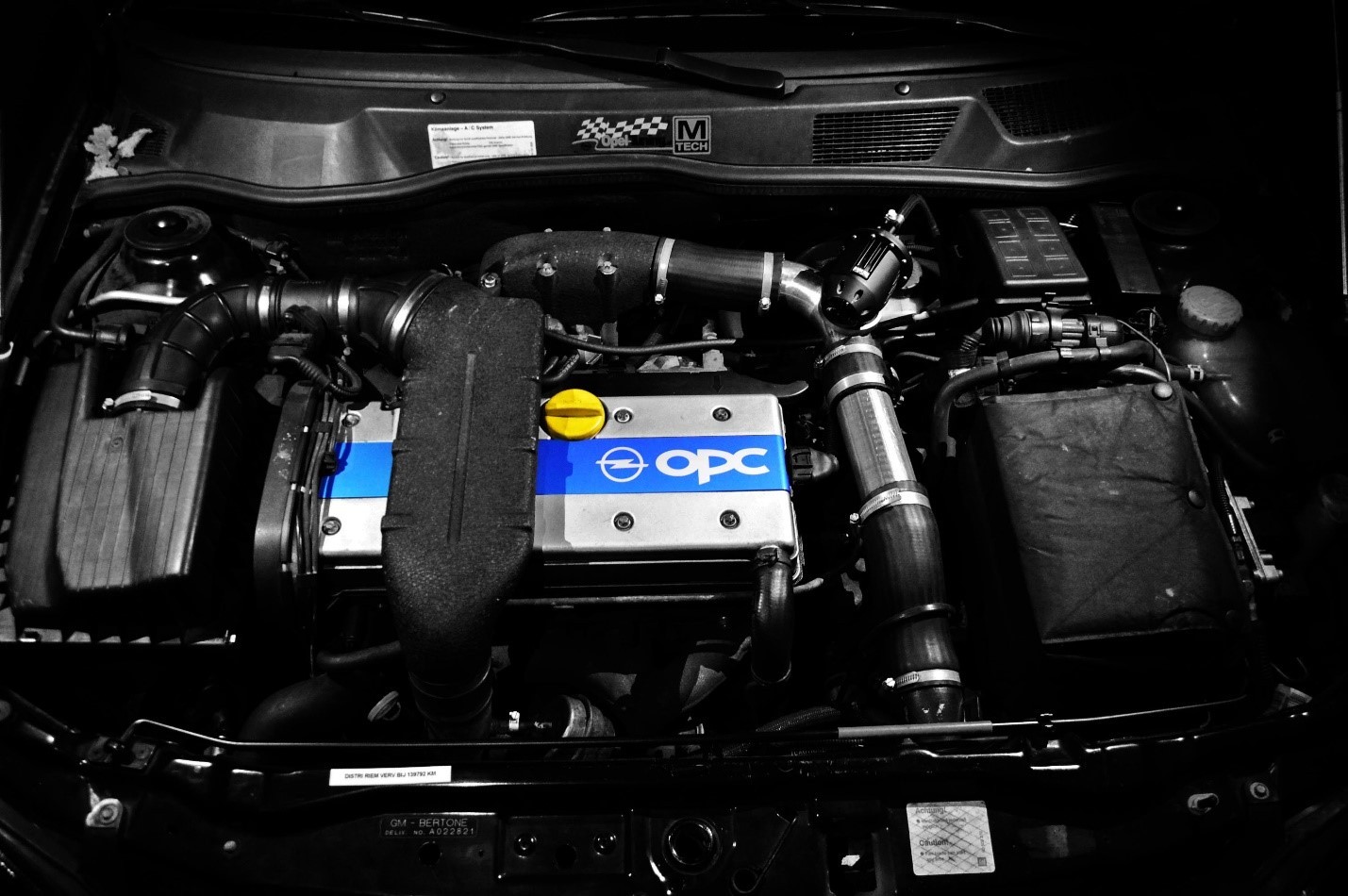
Opel Z20LET engine
Content
The two-liter turbocharged Z20LET power unit first rolled off the assembly line in 2000 in Germany. The engine was intended for popular Opel OPC models and was installed in Astra G, Zafira A cars, as well as in the Speedster targa.
The gasoline engine was based on the two-liter unit that was in demand at that time - the X20XEV. Replacing the cylinder-piston group made it possible to increase the compression ratio to 8.8 units, which had a positive effect on the performance of the turbocharged engine.

Z20LET got an almost unchanged cast-iron BC head with the following valve diameters: 32 and 29 mm, intake and exhaust, respectively. The thickness of the poppet valve guide is 6 mm. The camshafts received the following parameters - phase: 251/250, rise: 8.5 / 8.5 mm.
Features of the Z20LET
Two-liter Z20LET ICEs with a power of up to 200 hp were equipped with a Bosch Motronic ME 1.5.5 control unit and a Borgwarner K04-2075ECD6.88GCCXK turbine, capable of pumping up to 0.6 bar. This was quite enough to reach 5600 hp at 200 rpm. The maximum capacity of the nozzles in the open state is 355 cc.
| Key Features of Z20LET | |
|---|---|
| Volume cm3 | 1998 |
| Max power, hp | 190-200 |
| Max torque, Nm (kgm)/rpm | 250 (26) / 5300 |
| 250 (26) / 5600 | |
| Consumption, l / 100 km | 8.9-9.1 |
| A type | Inline, 4-cylinder |
| Cylinder diameter, mm | 86 |
| Max power, hp (kW)/r/min | 190 (140) / 5400 |
| 192 (141) / 5400 | |
| 200 (147) / 5600 | |
| Compression ratio | 08.08.2019 |
| The piston stroke, mm | 86 |
| Models | Astra G, Zafira A, Speedster |
| Approximate resource, thousand km | 250+ |
* The engine number is located on the BC at the junction with the gearbox, under the oil filter housing.
In 2004, two modifications of the Z20LET appeared - Z20LER and Z20LEL, the main difference of which was the Bosch Motronic ME 7.6 control unit. The novelties differed from each other only in the firmware versions of the same block. These engines were installed on Opel Astra H and Zafira B cars.
The Z20LET motor was in production until 2005, after which the production of an even more powerful engine, the Z20LEH, began, which differed from its predecessor in shafts, a reinforced connecting rod and piston group, a flywheel, a cylinder head gasket, gasoline and oil pumps, nozzles, and an exhaust system as well as a turbine.
In 2010, the serial production of turbocharged internal combustion engines of the Z family was finally completed. They were replaced by the well-known A20NFT unit.
Advantages and characteristic breakdowns of Z20LET
pros
- Power.
- Torque.
- Possibility of tuning.
Cons
- High oil consumption.
- Exhaust manifold.
- Oil leaks.
One of the most common problems with the Z20LET is the banal oil-eating. If the engine starts to smoke and consume oil without measure, most likely the reason for this lies in the valve seals.
Floating speed and noise may indicate the formation of a crack in the exhaust manifold. Of course, you can fix this problem by welding, but installing a new manifold will be much more reliable.

Oil leaks are another of the most common problems with Z20LET engines. Most likely the cylinder head gasket is leaking.
The Z20LET power units have a timing belt drive, which must be replaced every 60 thousand kilometers. In the event of a broken timing belt, the Z20LET bends the valve, so it’s better not to tighten it with a replacement.
Tuning Z20LET
The most common option for increasing the power performance of the Z20LET is to flash its ECU. Replacing the program will increase the power to 230 hp. But in order for everything to function reliably, it would be better to add an intercooler, cut out catalysts and set up the CU for all this. After such manipulations, the car will behave much faster, because its maximum power will reach 250 hp.

To move even further along the Z20LET tuning path, you can “throw” a turbine from the LEH modification onto the engine. You will also need OPC injectors, a Walbro 255 fuel pump, a flow meter, a clutch, an intercooler, an exhaust without a catalytic converter, and of course, a high-quality control unit.
Conclusion
In general, we can say that the Z20LET turbo engine is quite a worthy unit and still shows itself tolerably in operation, of course, if it is regularly serviced, used original consumables and fluids, pour good gasoline and do not drive "at the limit" of capabilities.

